Overleaf 模板库LaTeX 模板和示例 — Recent
探索 LaTeX 模板和示例,以帮助完成从撰写期刊文章到使用特定 LaTeX 包的所有工作。
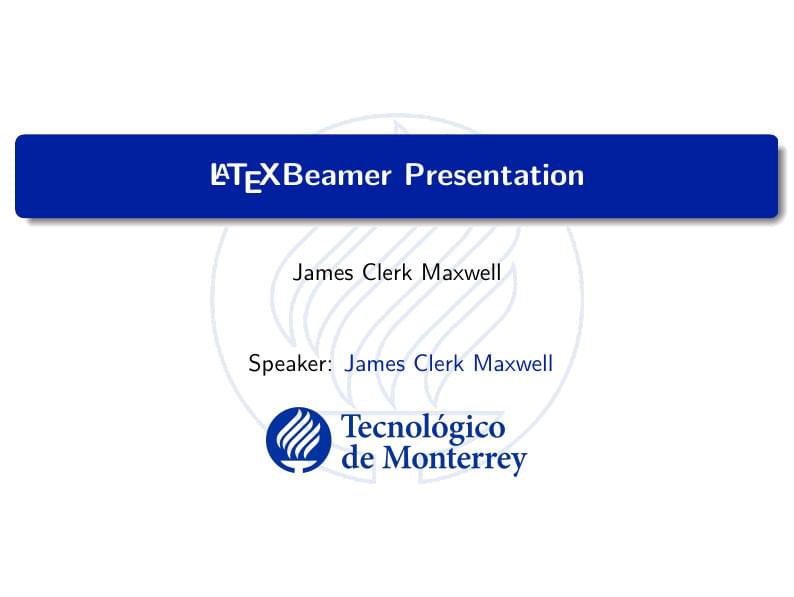
An unofficial template for institutional presentations of Tecnológico de Monterrey, México. Una plantilla no oficial para presentaciones institucionales del Tecnológico de Monterrey, México.
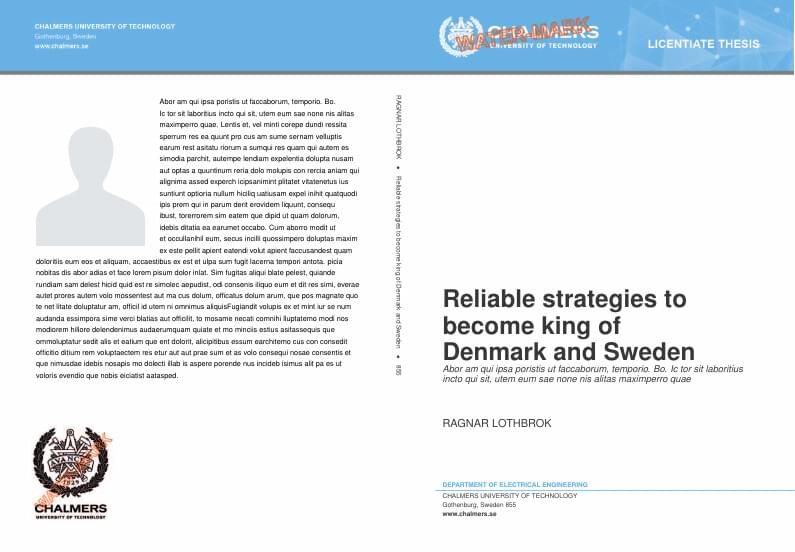
Thesis template(s) for Chalmers University of Technology E2 PhD students.

Comparto este trabajo para quien le pueda servir la plantilla que utilizamos, únicamente con fines educativos.

Apenas a capa.
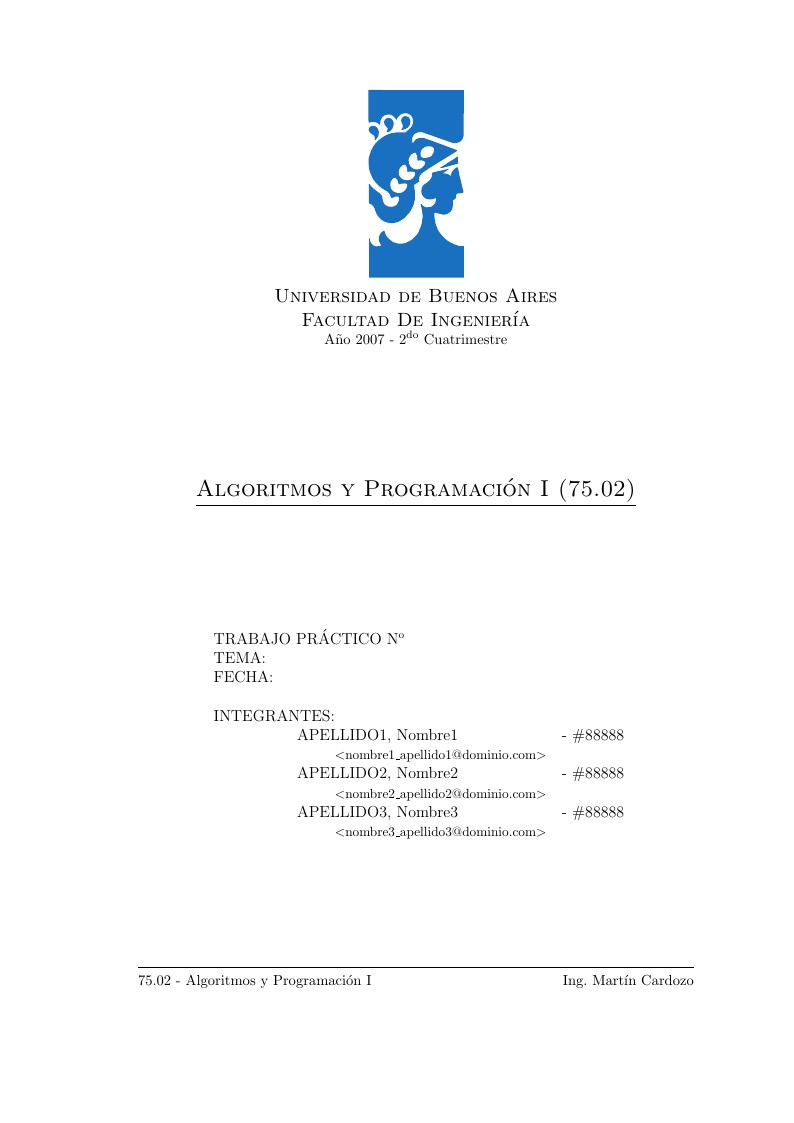
Carátula oficial de 75.02 Algoritmos y Programación I, cátedra Cardozo. Basado en el template realizado por Diego Essaya, Modificado por Michel Peterson. Modificado por Sebastián Santisi.
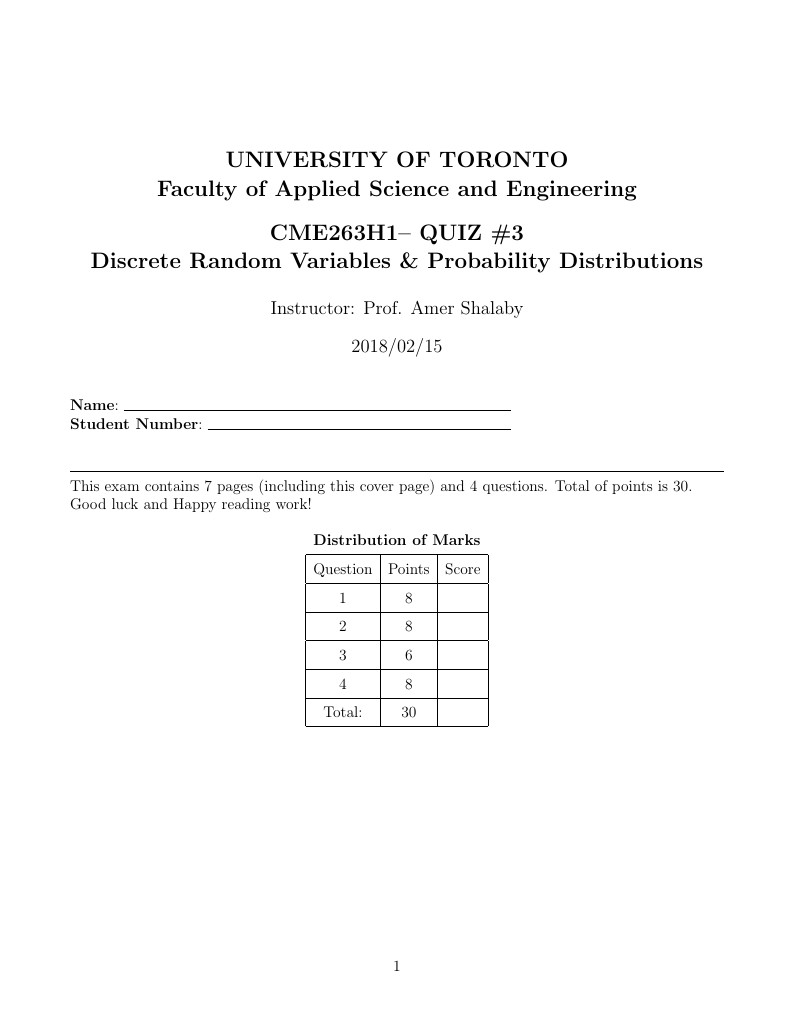
This template can be used to produce quiz/exam paper by some small modifications.
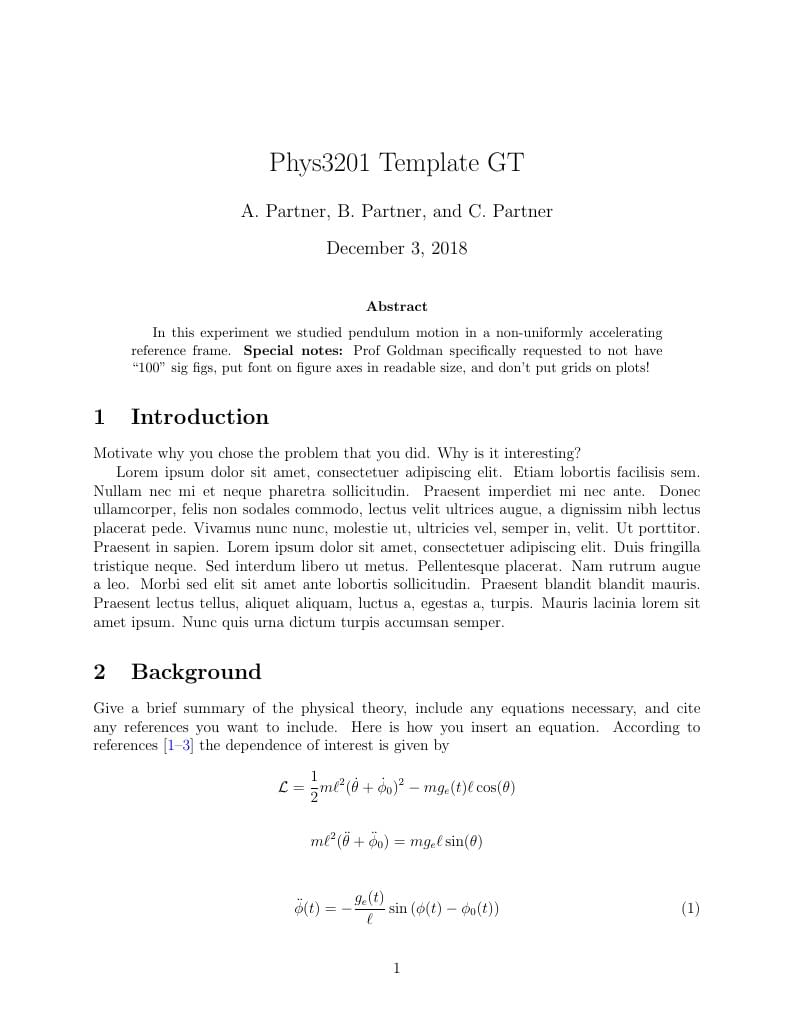
In this experiment we studied pendulum motion in a non-uniformly accelerating reference frame. Special notes: Prof Goldman specifically requested to not have "100" sig figs, put font on figure axes in readable size, and don't put grids on plots!
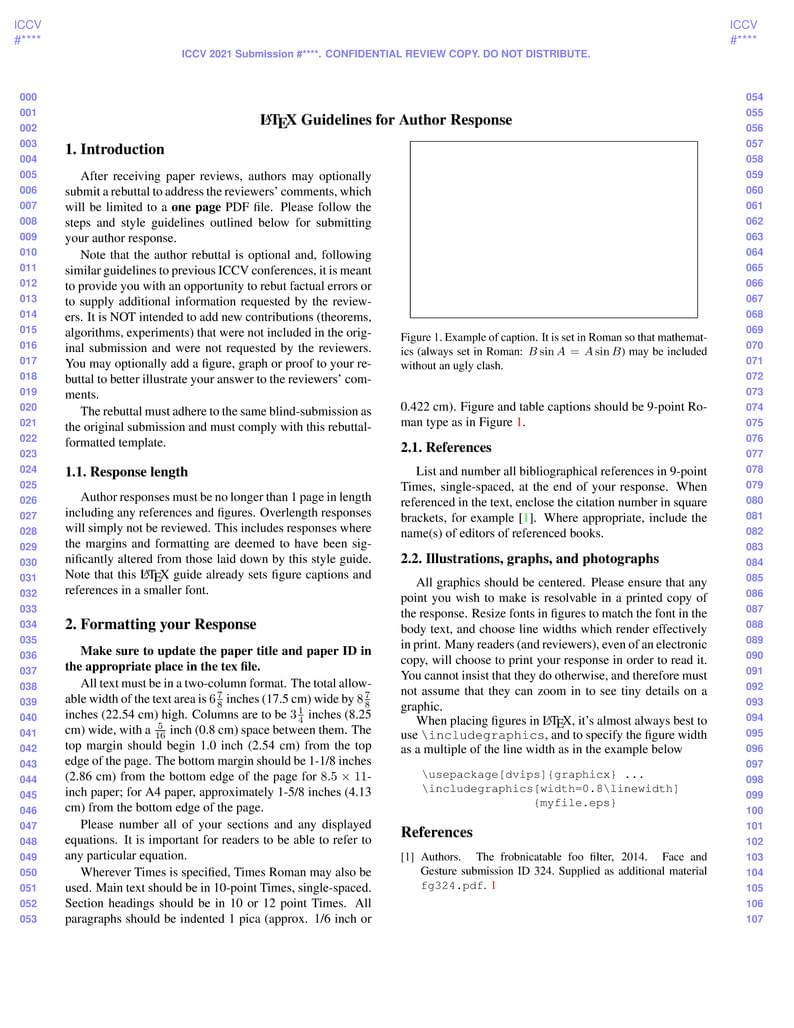
Rebuttal template for ICCV 2021
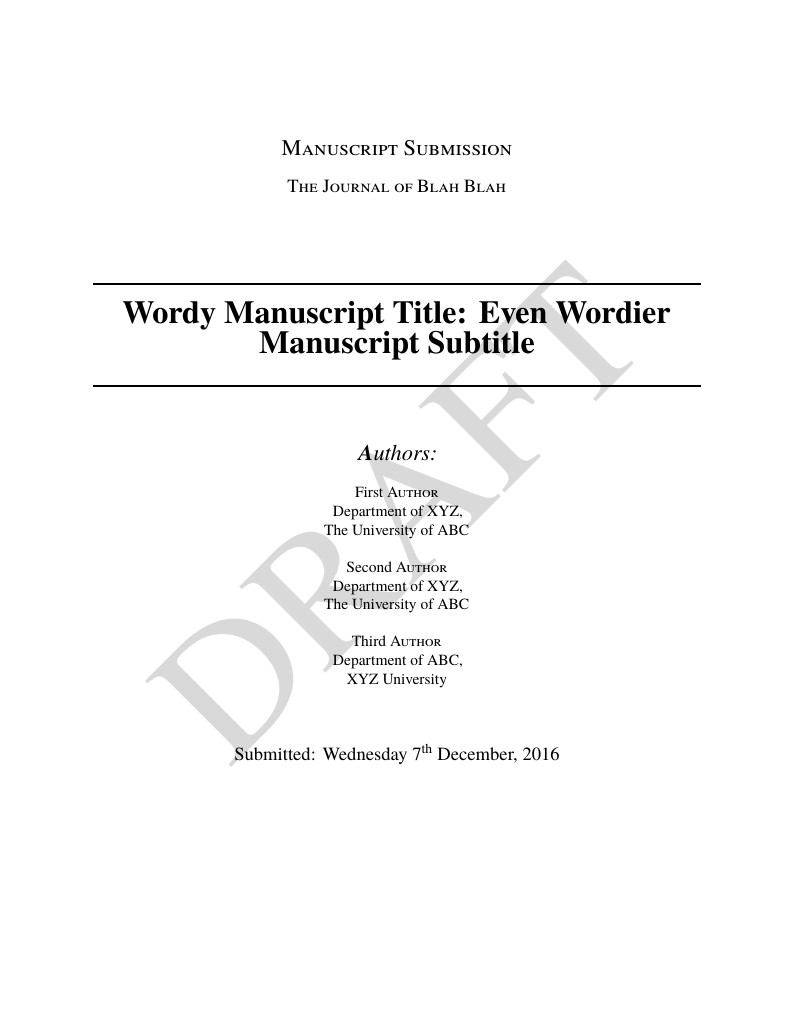
This general template aims to serve as an advanced, feature-filled, place-holder template during the drafting and submission process. It is a general academic article manuscript template, which conforms to general guidelines (double-spaced, Times New Roman, etc.) and can easily be adapted to the exact specifications of any journal's manuscript submission guidelines. It includes some added features such as a cover page, line-numbering, draft watermarks, word count, and highlighting and commenting capabilities.